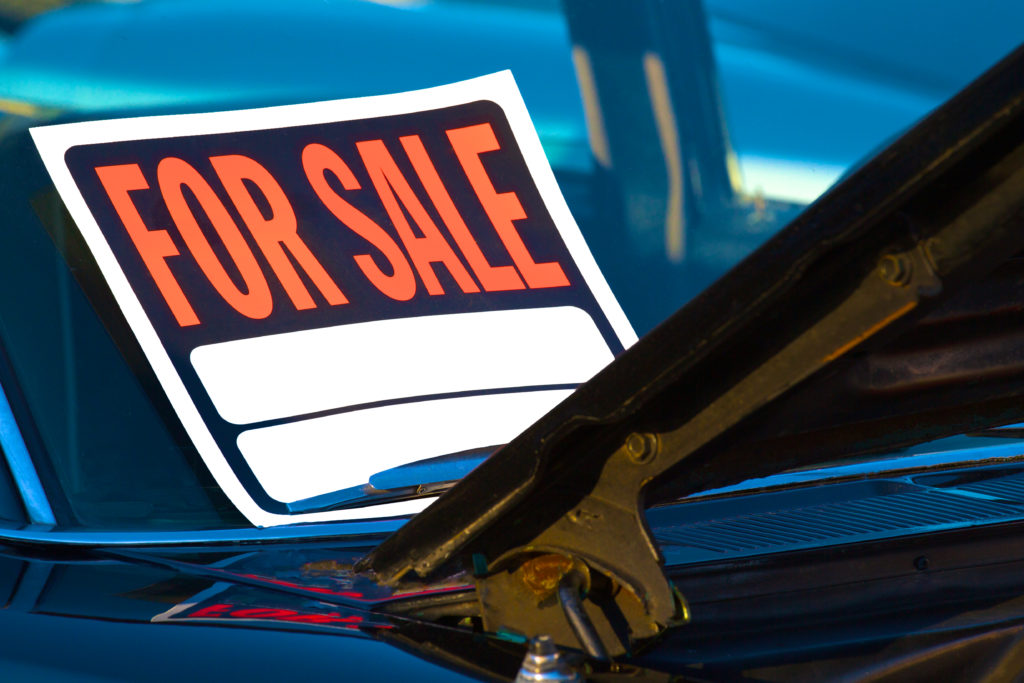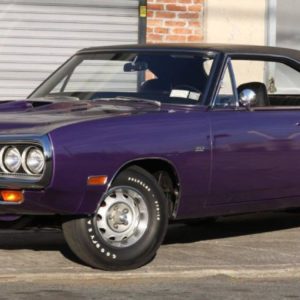Everyone knows the car market is crazy right now. New and late-model pre-owned vehicles are fetching unprecedented prices, which leaves many buyers looking for an alternative.
A cheap, older used car, perhaps?
I recently had a friend who’s in the market send me a list of used vehicles he’s considering. The lineup included older, high-mileage models, all priced under $4,000. Because used car prices are so high, my friend hoped to save some money by going this route.
But the problem is—cheap to buy doesn’t necessarily mean cheap to own. If you’re an average consumer, owning a cheap, old used car can end up being a frustrating experience that drains your bank account and leaves you stranded.

5 Reasons to Avoid a Dirt Cheap, Older Car
I have never had a car payment (except for once when I was much younger and just had to have this shiny sport compact). My current daily driver is a 2008 Ford Escape Hybrid that I bought for $1,000. To get the car roadworthy, I had to replace a laundry list of parts, ranging from the steering angle sensor to the thermostat housing.
In the end, I was able to fix the car’s problems for just a few hundred dollars in parts. But for the average consumer, having that work done by a professional would have easily cost a couple of grand.
My experience with the Escape is pretty typical for a cheap, older used car. An aging, high-mileage vehicle that costs next to nothing can seem like a bargain on the surface—but all too often, it can end up being a nightmare.
1. Reliability Tends To Be Sketchy
Usually, you can count on a quality late-model used car to get you where you need to go with very few (if any) problems. But if you’re considering purchasing an older model that only costs a few grand, don’t be too surprised if you have to catch the bus to work every now and then.
You get what you pay for with an aging car that’s super cheap. Parts tend to be worn-out or broken, and you might not be able to sort the problems out well enough to make the vehicle reliable long-term.

2. The Cost of Repairs Can Drain Your Bank Account
Cheap, old used cars are cheap for a reason. They tend to have hidden problems (which the seller may or may not know about) that can quickly become expensive to repair. Say, for example, you purchase a clunker for $3,000, and it immediately needs $4,000 worth of repairs. Then the car isn’t really that great of a deal, is it?
The repair bills also tend to keep on coming with a beater. All too often, when you fix one problem, another pops up soon after.
3. Inconveniences Can Drive You Crazy
Inexpensive, aging used cars are often riddled with quirks that can drive you crazy. For example, you might be in the drive-thru one day, and your car’s power windows won’t go down. Or you could be rushing to an important meeting when the car refuses to start. When you drive an old junker, every day has the potential to be filled with new inconveniences.
Clunkers can also be inconvenient expenditure-wise. It never fails that you end up needing a major repair at the worst time possible, like before Christmas or when the kids are going to need back-to-school supplies.

4. Safety Issues Can Come Up
Cheap, old cars can have all kinds of safety issues, both in plain view and hidden out of sight. While you’ll likely recognize something obvious (e.g., an illuminated anti-lock brake warning light), other issues can go unnoticed, such as worn-out brakes or failing steering and suspension parts. When components in these critical safety systems fail, you and your loved ones could be at risk.
5. Parts Can Be Difficult To Find
Parts suppliers don’t stock components for a vehicle forever. Once a car gets to be more than about 25 years old, you might have a hard time finding certain replacement parts. So, if you’re considering buying a car that’s both cheap and old enough to be considered vintage, you’ll want to keep parts availability in mind.

What To Do Instead
If you have the tools and the know-how, you might be able to avoid a car payment by keeping a cheap, older used car (like my Escape) on the road. Otherwise, you’re usually better off buying a quality, late-model used vehicle than a cheap, old clunker. You can use the money that you would have spent on a beater for a down payment on something better.
Although buying an ultra-cheap older car can be tempting, it’s usually not the best choice if you want to maintain your sanity and avoid visiting the mechanic.
Any information provided on this Website is for informational purposes only and is not intended to replace consultation with a professional mechanic. The accuracy and timeliness of the information may change from the time of publication.



















